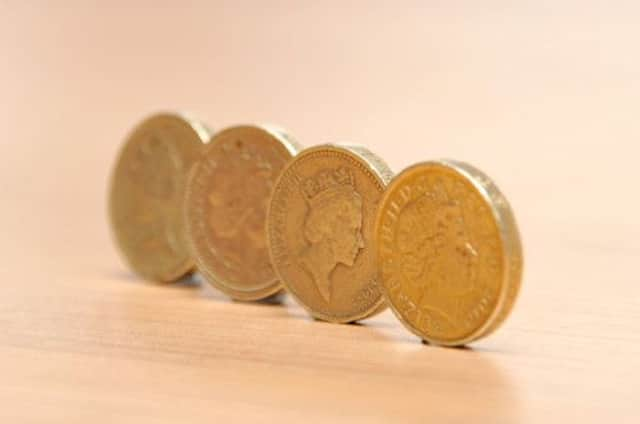One in five households use savings to pay bills


The Which? Consumer Insight Tracker found that more families are struggling to pay for essentials, with 82 per cent of people who are paying for food on credit saying they are worried about food prices and more than half claiming they will have to cut back on what they pay for groceries over the next few weeks.
Food prices have rocketed in recent months – with the price of groceries now 3.5 per cent higher than it was 12 months ago, driven by rising prices, according to a recent report by the British Retail Consortium. Meanwhile, incomes are not keeping up with inflation, stretching householders’s finances to the limit.
Advertisement
Hide AdAdvertisement
Hide AdThe monthly tracker found that almost half of people who use credit to pay food bills are on the lowest incomes, earning £21,000 or less a year – while 63 per cent have dependent children.
A third borrowed money from family or friends in the last month, compared to just one in seven of all people, while one in ten defaulted on a bill last month – double the proportion in the general population.
Overall, only a quarter of people say they are living comfortably on their incomes, while three in ten cut back spending on essentials last month. People who are making the effort to cut back are most likely to be female and aged between 30 and 49-years-old.
Which? executive director Richard Lloyd said: “Our tracker shows that many households are stretched to their financial breaking-point, with rising food prices one of the top worries for squeezed consumers. It’s simply shocking that so many people need to use savings or credit to pay for essentials like food.”
More than half of people overall say they are worried about their level of savings and two-thirds worry about interest rates on their savings, according to the tracker.